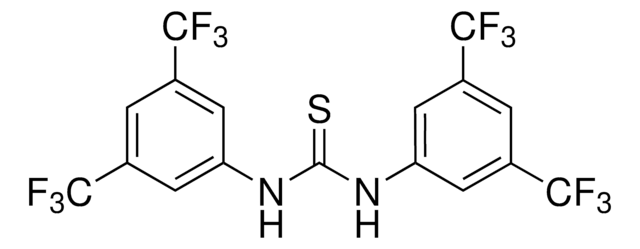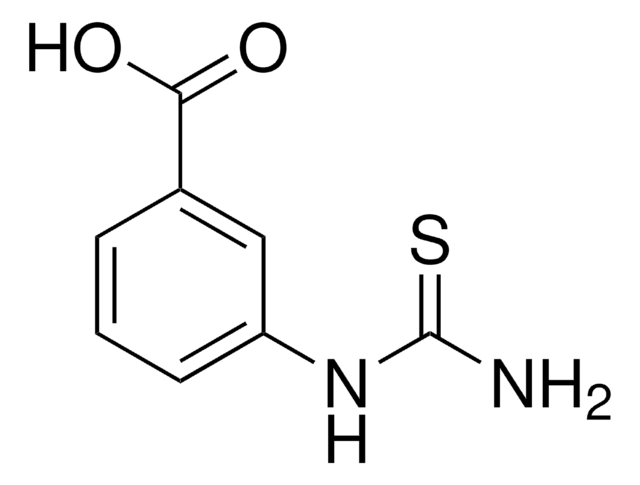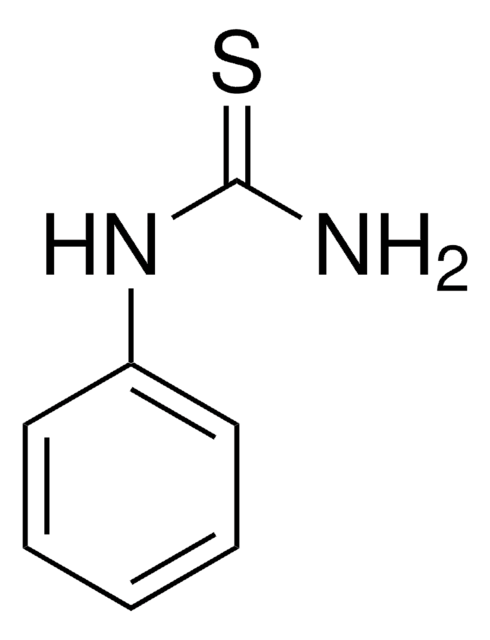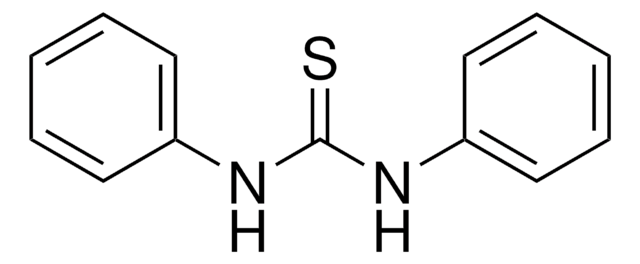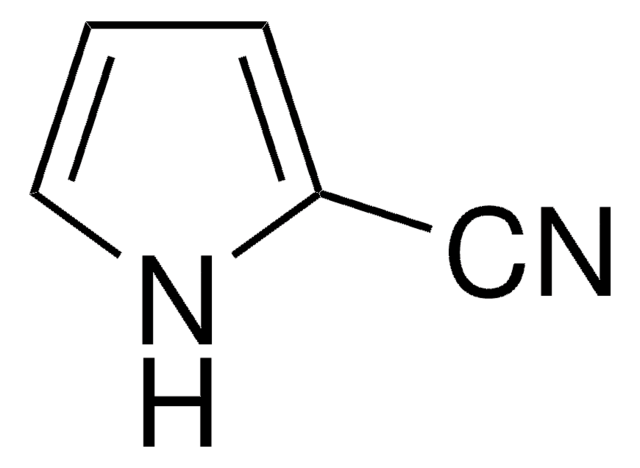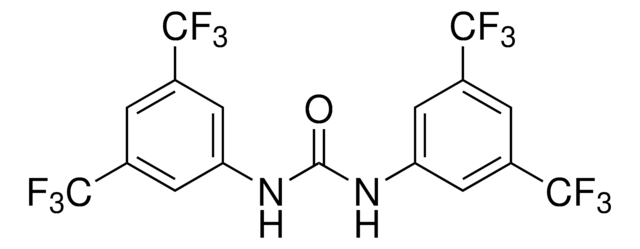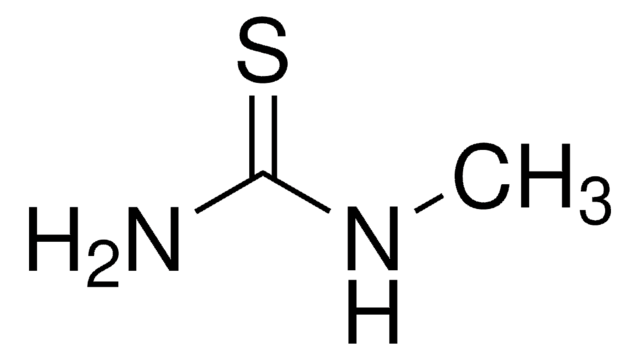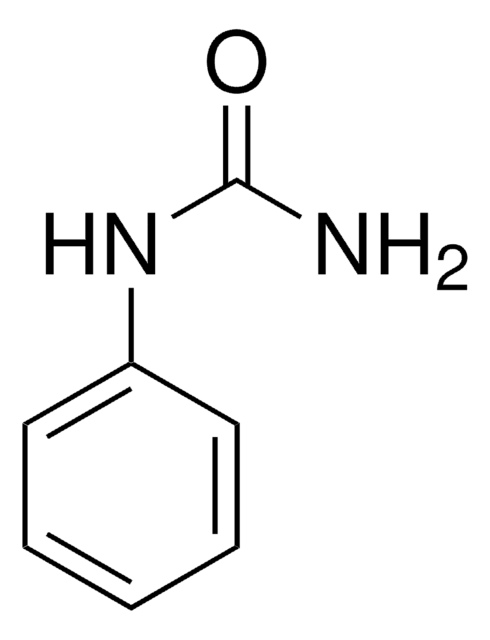All Photos(2)
About This Item
Linear Formula:
O2NC6H4NHCSNH2
CAS Number:
Molecular Weight:
197.21
EC Number:
MDL number:
UNSPSC Code:
12352100
PubChem Substance ID:
NACRES:
NA.22
Recommended Products
Assay
98%
form
solid
mp
206 °C (dec.) (lit.)
functional group
amine
nitro
thiourea
SMILES string
NC(=S)Nc1ccc(cc1)[N+]([O-])=O
InChI
1S/C7H7N3O2S/c8-7(13)9-5-1-3-6(4-2-5)10(11)12/h1-4H,(H3,8,9,13)
InChI key
BLYAANPIHFKKMQ-UHFFFAOYSA-N
Application
1-(4-Nitrophenyl)-2-thiourea was used as anion sensor in organic solvent.
Signal Word
Danger
Hazard Statements
Precautionary Statements
Hazard Classifications
Acute Tox. 3 Oral
Storage Class Code
6.1C - Combustible acute toxic Cat.3 / toxic compounds or compounds which causing chronic effects
WGK
WGK 3
Flash Point(F)
Not applicable
Flash Point(C)
Not applicable
Regulatory Information
新产品
Choose from one of the most recent versions:
Already Own This Product?
Find documentation for the products that you have recently purchased in the Document Library.
Chomchai Suksai et al.
Chemical Society reviews, 32(4), 192-202 (2003-07-24)
Chromogenic sensors for anions generally consist of two parts: anion receptors and chromophores. In this review, 6 types of chromogenic anion sensors are described, namely, NH-based hydrogen bonding, Lewis acid, metal-ion template, transition metal complexes, chromogenic guest displacement and chromoreactands.
Our team of scientists has experience in all areas of research including Life Science, Material Science, Chemical Synthesis, Chromatography, Analytical and many others.
Contact Technical Service
